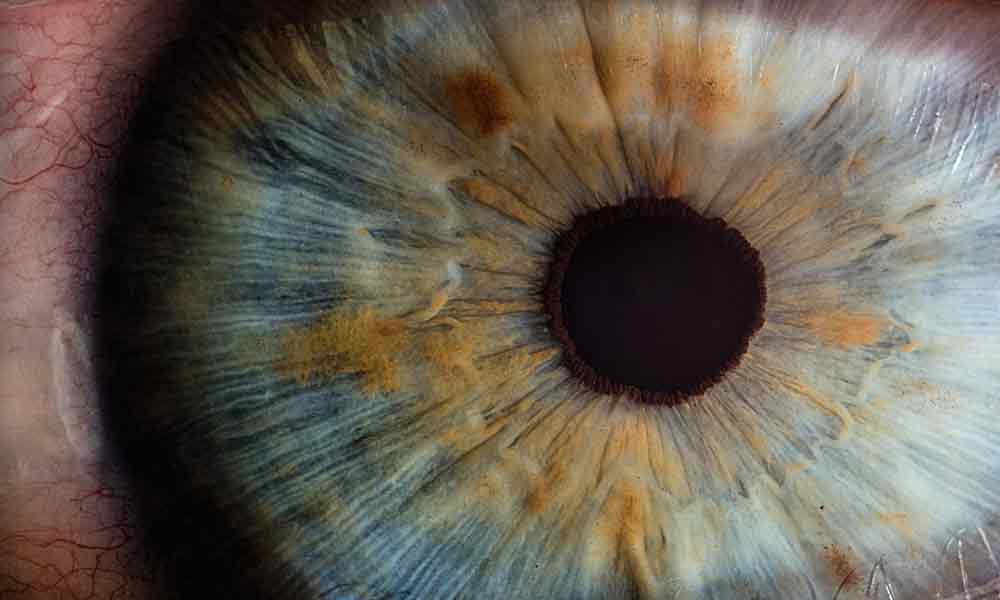Surfer’s eye doesn’t refer to someone who knows how to find a great surf spot with a single glance.
It’s actually a medical condition that’s common in—but not exclusive to—surfers.
What is Surfer’s Eye (Pterygium)?
Like Tennis Elbow (lateral epicondylitis), Writer’s Cramp (focal dystonia), and Athlete’s Foot (tinea pedis), Surfer’s Eye is the common name given to a medical condition associated with a specific demographic.
The medical name is pterygium (pronounced with a silent “P” as “tur-i-gee-uhm). It comes from the Greek word for “wing” (pterygia or πρέρυγια) due to the wing-like membrane-structure commonly seen in people who suffer from surfer’s eye.
The membrane grows on the conjunctiva, the tissue that covers and protects the eyeball.
It usually occurs on the side of the eye closest to the nose and grows toward the pupil, creating its distinctive triangle/wing shape.
It can look pretty terrifying and disgusting. It can also cause blurred vision and other visual disturbances.
However, it’s not cancerous, and in most cases, it’s more annoying than dangerous.
What Causes Surfer’s Eye?
Pterygium is thought to be caused by excessive exposure to ultraviolet light, and it may be exacerbated by wind and dirt. It is called surfer’s eye because surfers are more exposed to these things.
Surfers spend a lot of time on the waves, with all that light beaming down into their eyes.
They tend not to wear sunglasses and they focus more on the waves than protecting their eyes against sunlight.
Of course, you don’t need to be a surfer to get surfer’s eye, just as you don’t need to be an athlete to get athlete’s foot.
If your job or hobby exposes you to UV rays, you could be at risk of contracting surfer’s eye.
Symptoms of Surfer’s Eye
Some of the symptoms of surfer’s eye include:
- A redness in the inner corner of the eye (the white part)
- Tired eyes
- Blurred vision
- Itching and burning
- Dry sensation
- The sensation of something in the eye
Can Surfer’s Eye Go Away?
It won’t go away without treatment, but it might not need that treatment.
It’s a benign and noncancerous growth, and so the issues are usually minimal.
However, if you have vision problems or just want to get rid of it for cosmetic reasons, you can get pterygium surgery.
It’s quick, easy, and safe. You can discuss the surgery and other treatments with your eye doctor.
Can You Go Blind From Pterygium?
In very rare cases, surfer’s eye can scar the cornea and cause vision loss. However, such issues are rare.
Can Pterygium Be Treated Without Surgical Removal?
You can treat the symptoms of pterygium with lubricating eye drops.
They will help to remove the itchy and dry feeling, along with the foreign body sensation.
They won’t cure the problem entirely and you will need surgical removal for that, but if there are no serious issues and it’s not causing vision problems or preventing you from living a normal life, you may decide that you don’t need treatment.
Your eye doctor can help you to create a treatment plan and determine whether you need pterygium surgery or not.
Eye Drops/Artificial Tears For Surfer’s Eye
Most lubricating eye drops can provide the relief that you need when suffering from surfer’s eye.
Your eye doctor may also prescribe steroid eye drops to reduce inflammation.
Most eye drops can be purchased over the counter.
If the issue persists and you’re still struggling after several weeks, or you have vision issues, you should pay a visit to the doctor’s office.







